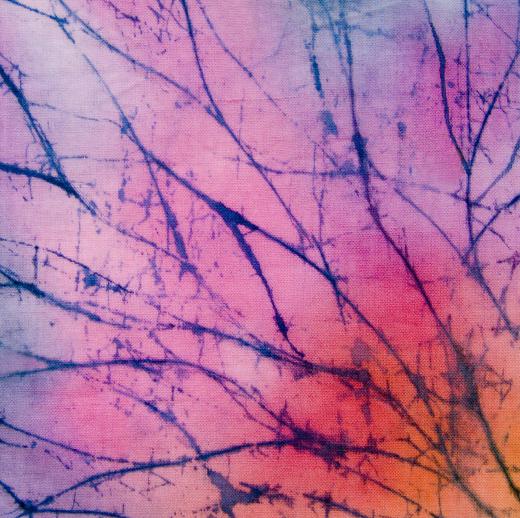What is a Chromophore?
 Mary McMahon
Mary McMahon
A chromophore is a group of atoms within a molecule which are responsible for the color of the molecule. Chromophores are found in a wide variety of molecules, and can work in several different ways. Groupings of atoms within a molecule which contribute in some way to its characteristics are also known as moieties or functional groups; a chromophore adds color to a molecule because of the nature of the atoms involved and the way they are bonded with each other.
The bonds between the atoms in a chromophore allow the atoms to absorb some visible light while reflecting other visible light, lending color to the molecule. In some cases, the atoms can pair with others so that the chromophore is actually capable of emitting visible light. The nature of the color can vary, depending on the wavelengths absorbed and reflected and many other factors, including environmental factors such as haze which may obscure color.

These specialized moieties are also present in atoms inside cells which have a color-related function, including photopigments and chromatophores. In photopigments, chromophores and opsins are bonded and will respond to light. These pigments can respond to or capture light by changing shape. A classic example of a photopigment can be found in the human eye, where sensitized cells respond to visible light to provide a picture of the visible world.

Pigments, dyes, stains, and other coloring agents all contain chromophores. In this case, the coloring agent is used to either saturate or coat a material so that it will take on the color of the dye. As people may have noticed during craft projects, dyes can be uneven as a result of poor distribution, uneven absorption in the material being dyed, and other factors. Natural variations in color can also be seen in many animals, in which cells which contain chromophores are altered or not allowed to form, changing the presentation of color characteristics.

Researchers are sometimes interested in chromophore identification because it can provide interesting information and insights into molecules being studied. Color can often play a role in the function of a molecule. Various techniques can be used to identify the moiety responsible for the color of a molecule, and to see how it functions. These structures are also commonly used during spectrometry, in which information about a sample is collected by exposing it to radiation, including visible light, and seeing how it responds.
AS FEATURED ON:
AS FEATURED ON:













Discussion Comments
It’s pretty impressive to think about something like color being broken down to a molecular level. How easy to take for granted the amazing processes that build everything around us. I never really thought about molecules themselves having colors. I look at things from a much broader stand point, I suppose.
After gaining a better understanding of how molecules are colored, I wondered what gave them a fluorescent property. As I understand it, a fluorophore basically works along with chromophores to give molecules fluorescence. Anything with these fluorescent compounds will glow under a black light. Pretty cool.
Post your comments